The best monitors in 2021
The best monitors can transform your desk and enhance your entire computer-using experience, whether you’re building your ideal PC workspace or just need a nice big screen to plug your laptop into.
To help you pick out the right one for you we’ve looked at monitors ranging from small to extra large, with resolutions from 1080p to 4K, and features like frame syncing and adjustable stands.
We’ve tested them all, measuring everything from the color gamut and brightness to response times, so we can be confident when we tell you that one display is better than another. We’ve also identified specific use cases that make a monitor a better fit for one person or another.
This is important because when you’re spending long hours focusing on work, school, gaming, or even professional graphics work, the right monitor can be the difference between comfort and awkward inconvenience. The best monitors provide a clear view of your work, improve the ergonomics of your desk and enhance your daily productivity.
So without further ado, whether you’re at home or on the road, tackling work, side projects, or the latest games, here are some of the best monitors you can buy.
What are the best monitors?
For general use, we like the Dell SE2719HR. With a solid basic feature set and good performance, the 27-inch Dell 1080p monitor is an affordable option that will meet the needs of most users. For something with more of a gaming focus, the Acer XFA240 gets you set up for under $200, with 1920 x 1080 resolution, excellent color and speedy 144 Hz refresh rate, proving that you don’t need to spend a lot of money for high-quality gaming.
The compact HP EliteDisplay S14 is the best portable monitor out there, giving you a second screen to use on the road. Thanks to an included USB-C cable, it’s easy to connect and the lightweight, compact design is easy to carry with a laptop in your bag. For a truly immersive experience, we like curved monitors, and the ViewSonic Elite XG270QC is the best of the bunch. The 27-inch display wraps around to provide perfect viewing angles from edge to edge, making it a great pick for gaming or just dealing with huge spreadsheets.
For the best picture quality you can get, we love the Acer PEO Series ProDesigner PE320QK. Aimed at photographers, and graphic designers who need pixel-perfect images and exacting color, it’s the best monitor for professional users by a long shot. The Alienware AW5520QF is a giant 55-inch OLED gaming monitor that’s big enough to fit in alongside the best TVs.
The best monitors you can buy today
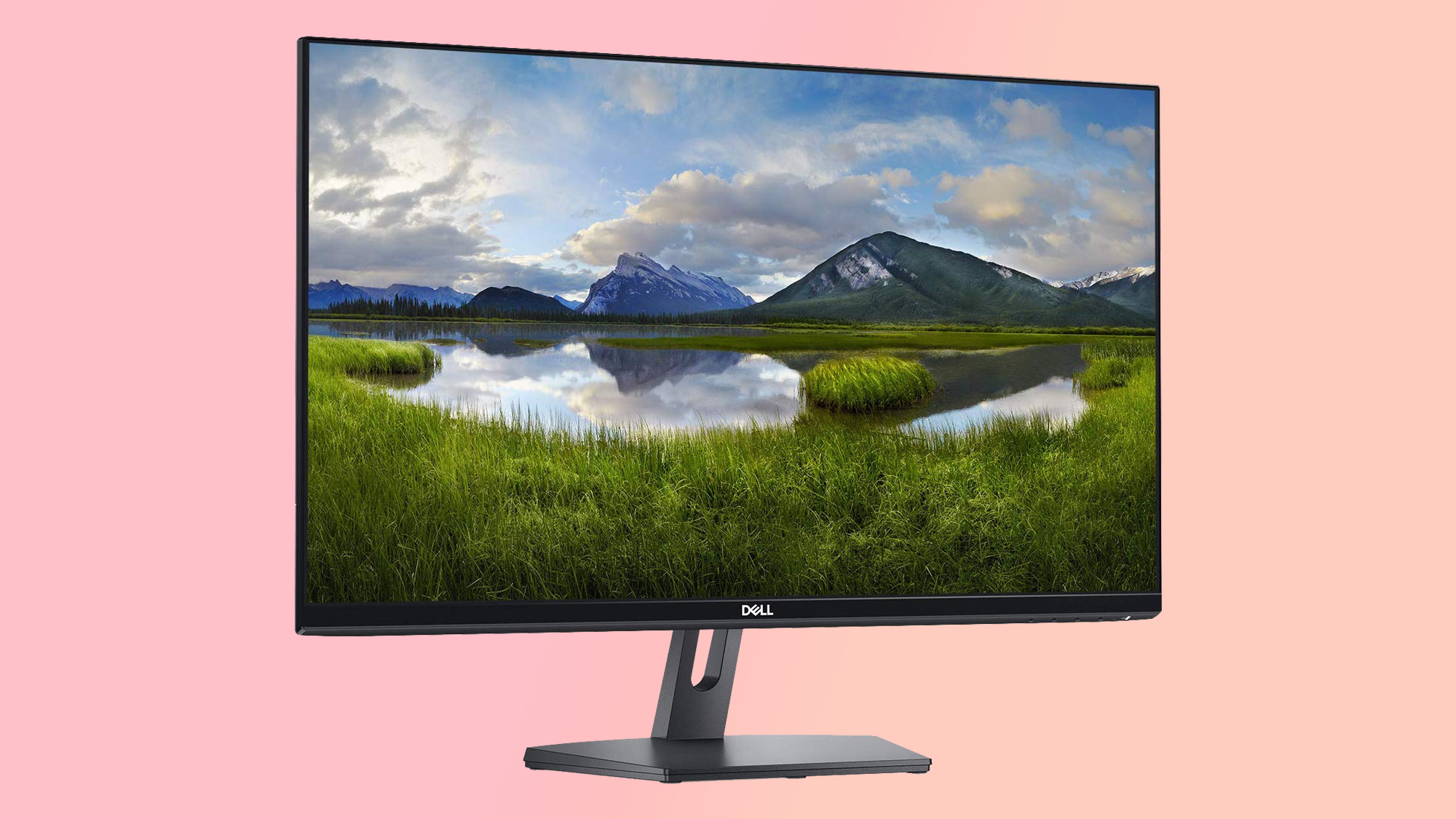

For a monitor that’s great for everyday use and won’t cost an arm and a leg, the Dell SE2719HR is our pick. The 27-inch Dell boasts an IPS panel, so the display will look great from any angle. While it won’t match the resolution of a 4K monitor, the display is still sharp and clear, with vibrant color and deep black levels. With only HDMI and VGA inputs, it’s not ideal for gaming (DisplayPort is better suited to the higher frame rates of a GPU), but most any other use should be ably handled by the 27-inch display, thanks to its minimal lag times and 75Hz refresh rate.
An adjustable stand lets you set the angle to your comfort and liking, while the bezels around the display are surprisingly slim. And with a relatively small stand, the footprint of the monitor is compact enough that you won’t have to give up much of your desk space. Heck, with the sleek design and affordable price, you just might pick up two for a dual-screen workspace. For our favorite monitor in terms of function and value, the Dell SE2719HR is the best monitor on our list.
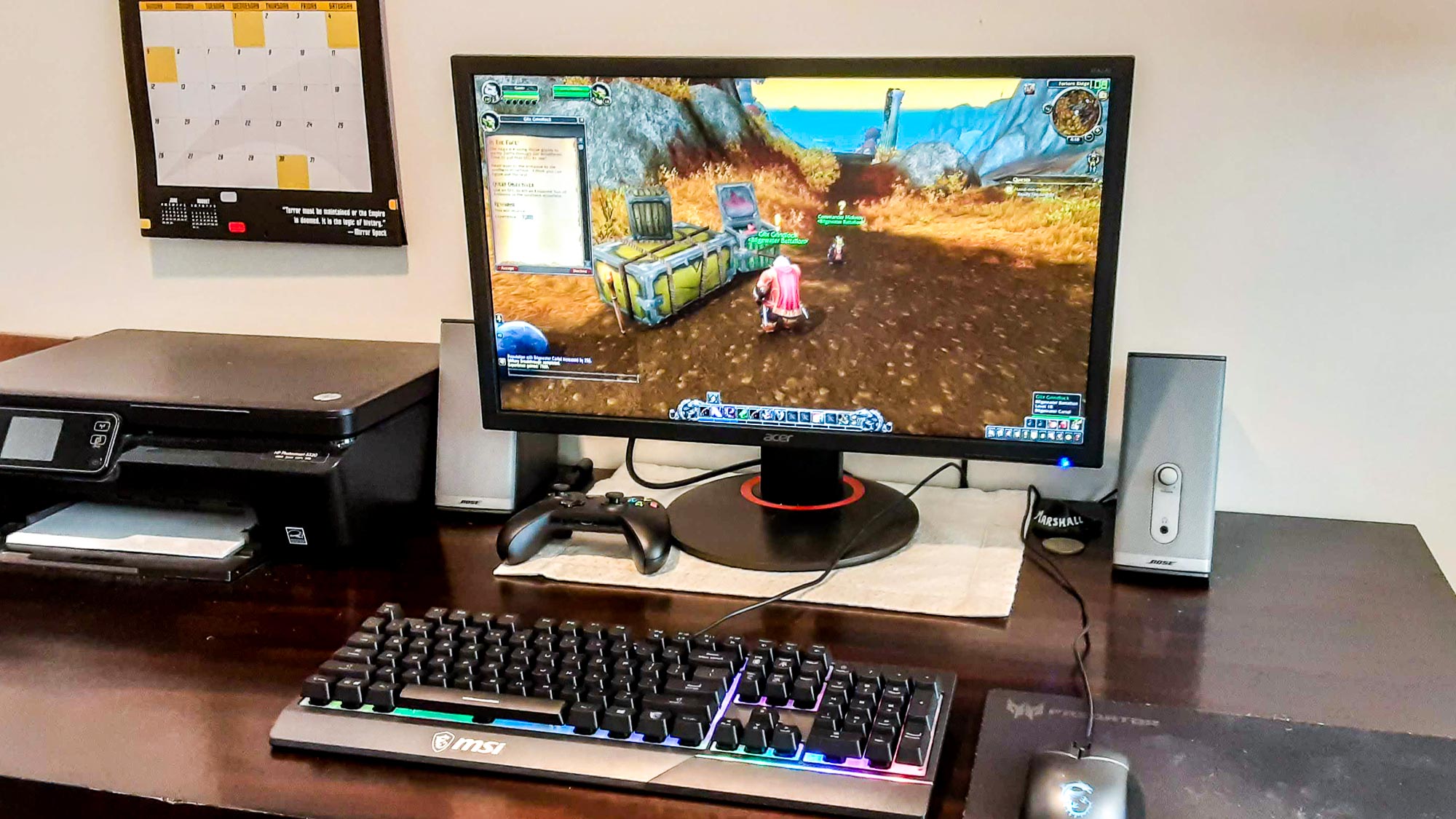
The Acer XFA240 demonstrates that excellent full HD monitors don’t need to cost a ton of money. For less than $200, this 1080p monitor delivers accurate colors and more extra features than you’d expect, including a full vertical mode that makes it invaluable as a second screen. The monitor works well for both gaming and productivity, with a 144 Hz refresh rate and a variety of ports, including a DVI input for older machines.
The XFA240 has a few drawbacks, which are normal enough in its price range. Its built-in speakers aren’t worth using, its menus are confusing and its construction feels a little cheap. On the other hand, it’s more than worth its asking price, considering how well it displays games, and how pretty the colors are once you do a little tweaking.
Read our full Acer XFA240 review.
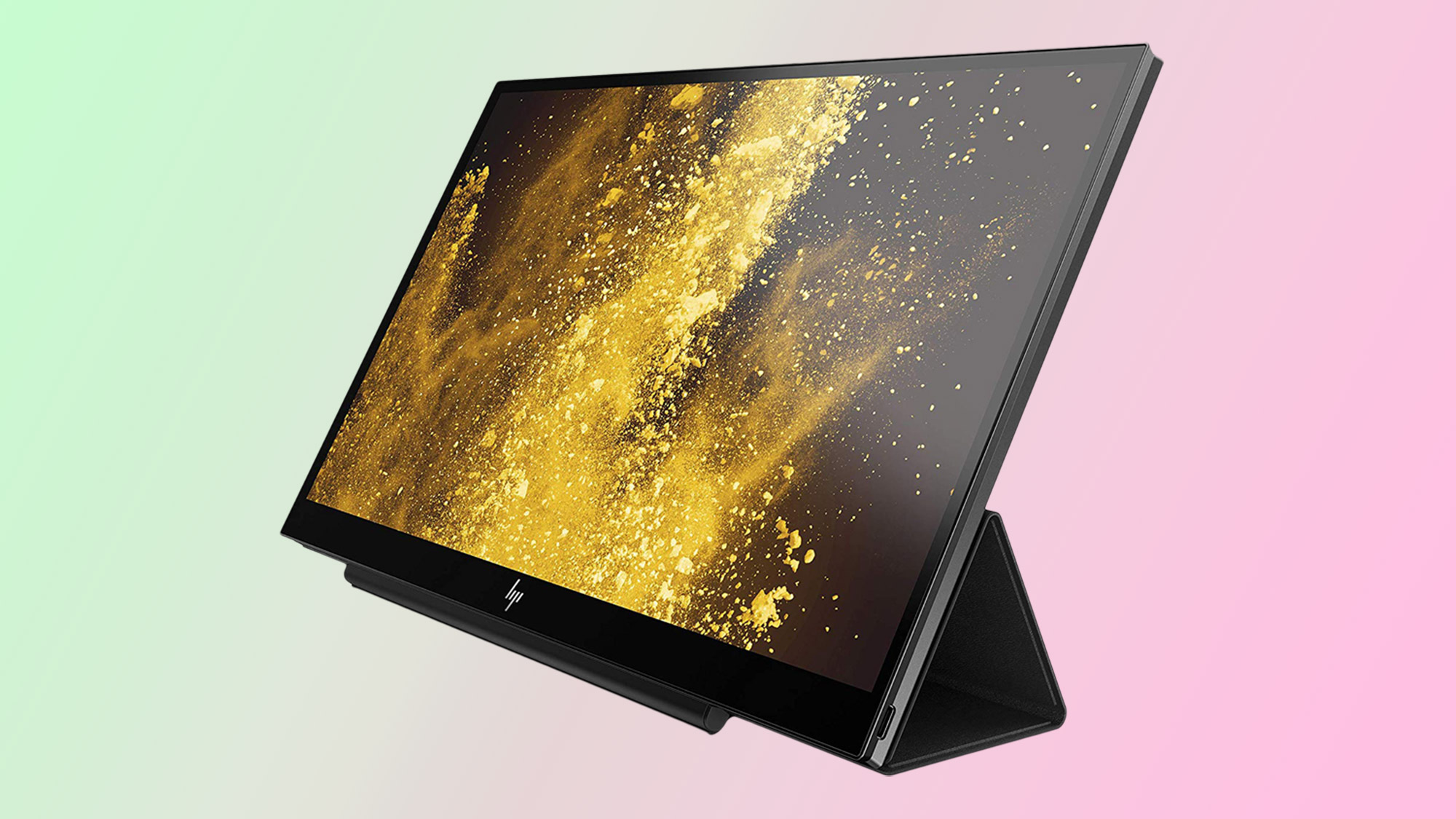
Not all monitors are made for the office. The HP EliteDisplay S14, in fact, is made for everywhere but the office, with a portable design and handy cover that doubles as a stand, ready to go on any work trip, cafe excursion or just to keep you working on multiple screens without being at your desk. With USB-C connectivity, the HP EliteDisplay S14 gets signal and power form one simple cable, and the slim design is small enough to pack alongside your laptop.
And as a travel monitor, the HP EliteDisplay S14 excels. The lightweight design makes it easy to pack, and the folding cover protects the anti-glare display from scratches and other damage, while the monitor’s IPS panel offers great viewing angles. Performance in color and brightness were just acceptable – as expected for a portable monitor – but the overall design, included USB-C cable and overall convenience it offers are second to none. If you need a second screen when you’re out on the road, the HP EliteDisplay S14 is the best monitor to get for pure portability.
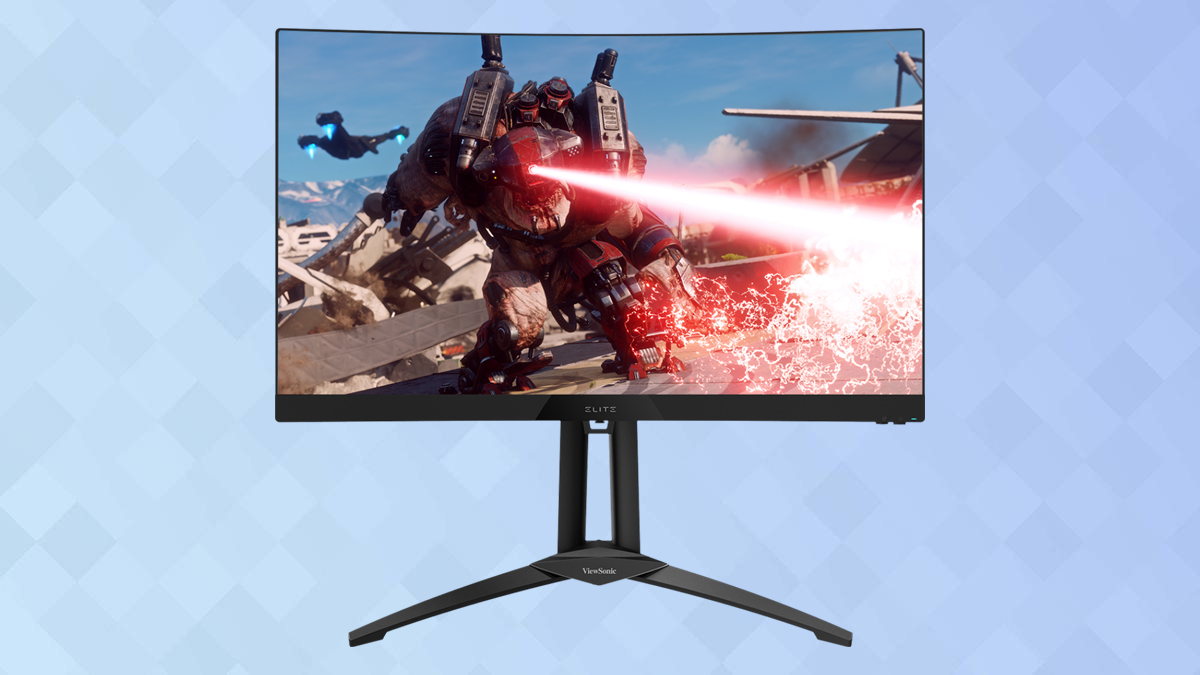
The ViewSonic Elite XG270QC is a large curved monitor with an extremely bright screen. While it will take up a lot of your desk space with its tasteful triangular base, the tradeoff is well worth it. You get a vibrantly colored 27-inch 1440p screen, with a refresh rate of 165 Hz. For gamers with powerful GPUs, this means quad HD gaming with the potential for more than 100 frames per second in each game.
Aside from the XG270QC’s price and size, there’s very little to recommend against. It has comprehensive menu options, plenty of ports and a variety of handy presets for many different types of games and applications. Whether you need to play the latest games or enjoy a large library of streaming media, the XG270QC’s bright, bold, beautiful screen is the right tool for the job.
Read our full ViewSonic Elite XG270QC review.
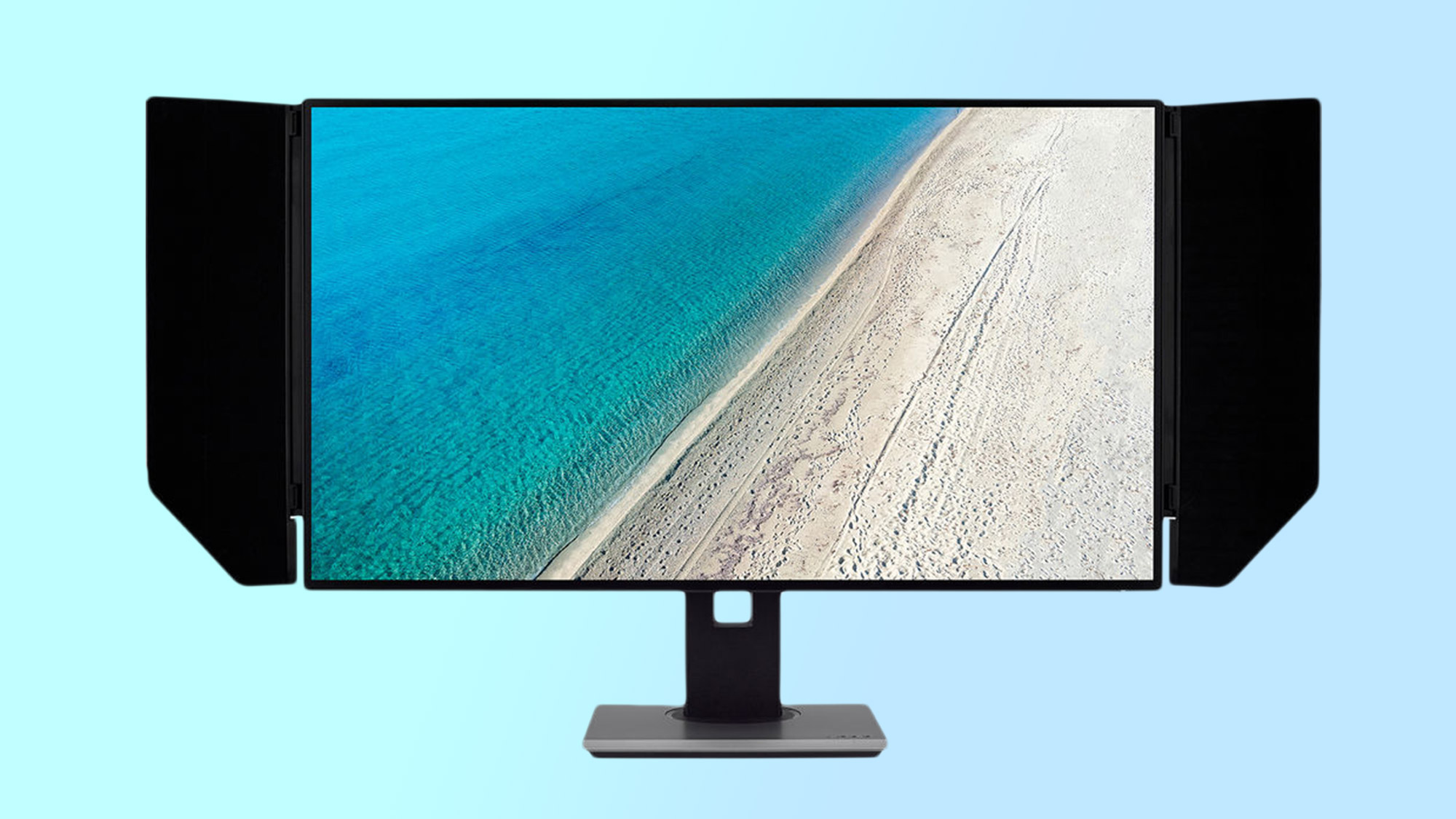
The Acer PEO Series ProDesigner PE320QK is a widescreen 4K monitor that’s made for professionals who demand the best color and accuracy they can get for working with images, video and graphics. One of the best monitors overall for serious work, the PE320QK comes calibrated from the factory, offering superb accuracy right out of the box, and comes with a matte display and built-in display hood that eliminates the glare and ambient light that might skew color perception.
This excellent display is made with pros in mind, and also boasts HDR 10 and DCI-P3 support, along with AMD FreeSync. It checks all the right boxes for letting you do your best work, without the fuss of pro-grade displays that might require extensive calibration to dial in the color quality. Whether you’re a freelancer working from home or one of many in a studio or creative shop, the Acer PEO Series ProDesigner PE320QK is the best monitor for creative professionals.
Read our full Acer PEO Series ProDesigner PE320QK review.
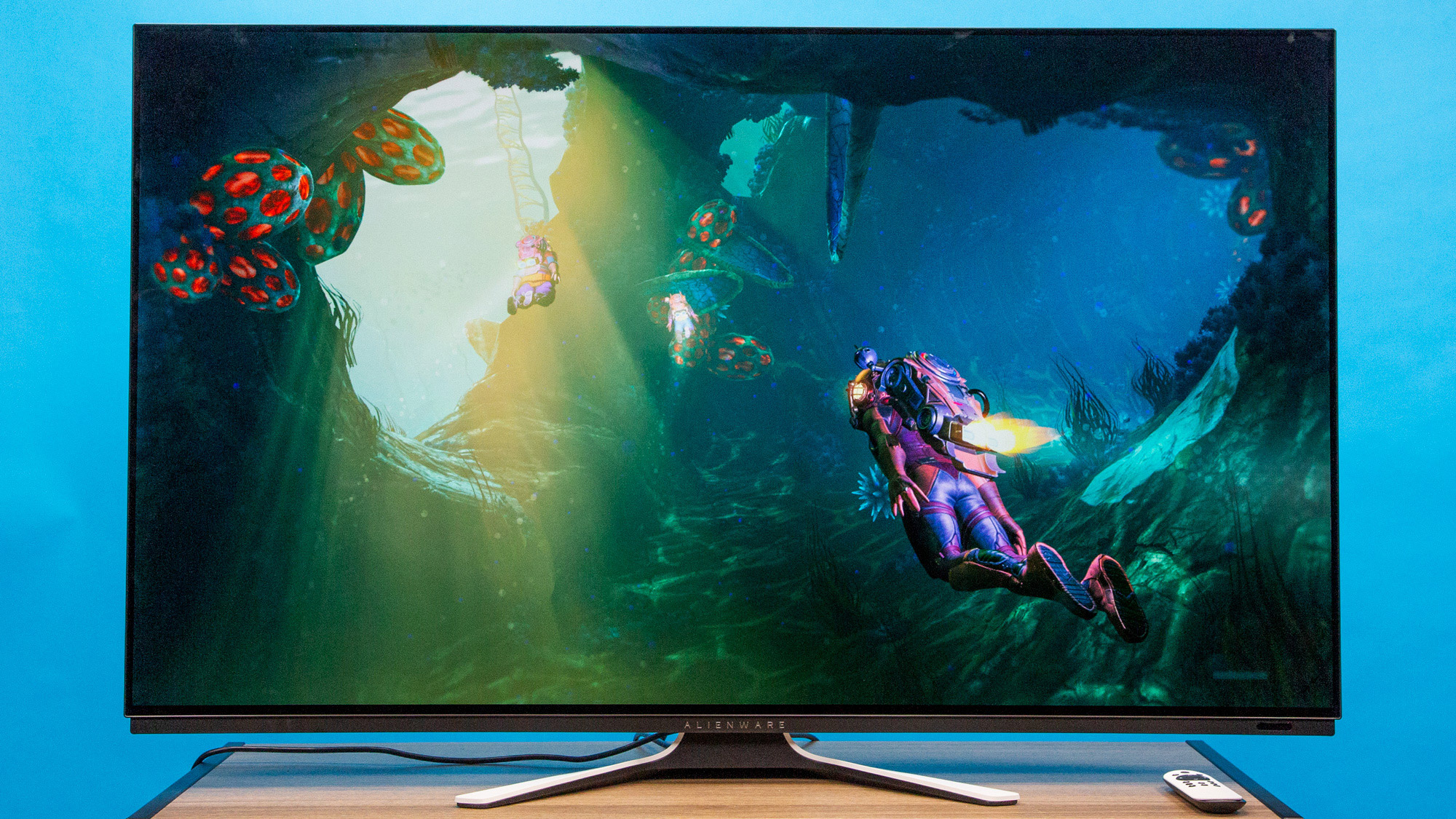
The Alienware AW5520QF 55-Inch OLED gaming monitor puts a killer OLED display into a TV-like size that’s made for big screen gaming. With a size that toes the line between TV and monitor, the 55-inch display has a highly polished design, a cornucopia of great features and key gaming monitor features such as DisplayPort connectivity and fast 120Hz refresh rates. And while it’s technically not a TV, it also comes with a slick remote control to adjust the picture settings and navigate menus from the comfort of your couch.
But it’s not just a TV-sized monitor, it’s also a superb OLED gaming display. The Alienware boasts a huge color gamut and accuracy that rivals some of the best TVs on the market. The AW5520QF’s price will probably scare off folks on a budget, but if you do your PC or console gaming in the living room or want a truly premium monitor, Alienware’s behemoth screen is well-suited to the job. And since a computer can stream almost anything, so you’ll be able to watch, listen to or play whatever you want.
Read our full Alienware AW5520QF review.
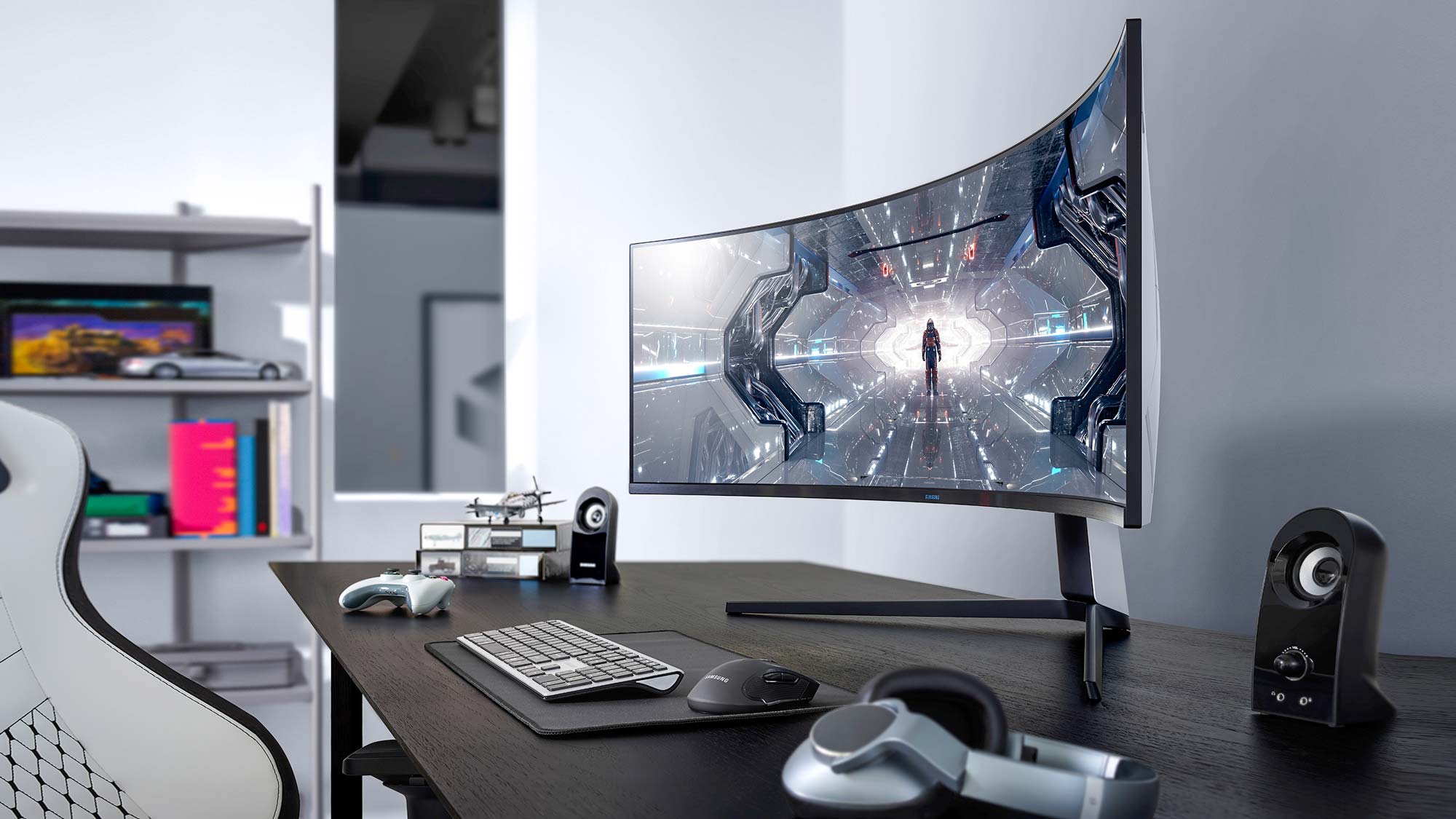
Samsung’s curved 49-inch Odyssey G9 Gaming Monitor is a strong overall performer, but its unwieldy design and sky-high price do not make it ideal for everyone.
Boasting top-notch functionality and impressive performance along every metric, the Odyssey G9 is worthy of serious consideration from anyone who can make full use of it. So if you have a high-end graphics card, a spare $1,700 or so, an excess of desk space (or a sizable hunk of wall), a stuffed-to-bursting game library you want to apply a unique (and not always completely complementary) visual spin to, and not much desire to use the monitor for everything else, you probably won’t be disappointed.
Read our full Samsung Odyssey G9 review.
How to choose the best monitor for you
Finding the best monitor can be a confusing experience when you don’t know what to look for. There are a few key details to pay attention to for any monitor, and some specific advice for certain specialized uses.
We evaluate every monitor on the same basic criteria, starting with size and resolution. A larger monitor is generally a better purchase simply because it offers the most visual real estate, which is better for both full-screen media consumption and split-screen multitasking. Higher resolution is also better, since it allows better detail and lets you see more information in the same screen size. The old phrase “bigger is better” applies to both here, and we recommend opting for larger screens and higher resolution whenever possible.
We also measure several aspects of picture quality as part of our review process, looking at how many colors the monitor can produce (reported as color gamut) and how accurately it displays each color (reported as a Delta-E rating). Beter scores here make for a better display in every instance. Display brightness is another factor, but higher brightness doesn’t always translate into a better display, though it does suggest that a monitor will deliver more vibrant color and may offer HDR (high dynamic range) support.
For some uses, like professional graphics work, you’ll need to watch for additional features, and refinements on the basics. If color quality is important in your work, you should look for factory calibrated displays, and pay close attention to the color accuracy and gamut portions of our reviews. You’ll also want to spring for matte-finish panels, monitors with shade hoods and adjustable stands that let you find the perfect viewing angle.
Finding a good gaming monitor
Gaming also has its own unique concerns. When the difference between victory and defeat can come down to split second timing, you can’t afford long lag times. For gaming monitors, we recommend finding a display that offers response times of 15 milliseconds or less.
Smoother gameplay is also part of what you pay for in a gaming monitor, so pay attention to what frame syncing technology a monitor supports. AMD FreeSync and Nvidia G-Sync both allow the monitor and the graphics card to coordinate the refresh rate of the screen with the output of the GPU, but they approach this problem in slightly different ways, and a given monitor will likely provide support for only one or the other format. If your gaming rig uses Nvidia cards, you’ll want a G-Sync capable monitor, while AMD-based systems will play nicely with a FreeSync display.
Choosing a secondary monitor
For a secondary monitor to use on the road, you’ll want something that’s small enough to carry with your laptop, and simple enough to set up and use within moments. For this, we recommend USB-C connectivity, which lets the monitor use a single cable for both video signal and power. While the basic advice of “bigger is better” does still have some application here, it’s also worth considering how well a portable monitor matches the size of your laptop display, since a larger display panel will have different dimensions than your laptop, and may not fit as easily into your backpack or laptop bag.
How we test the best monitors
When seeking out the best monitors, we test every display we review with our Klein K 10-A colorimeter, paired with testing software. We use this high-quality scope to measure the display’s brightness levels, color gamut and color accuracy.
Brightness is measured in nits, or candela per square metre (cd/m2). More nits means a higher brightness, which translates into clearer picture, brighter color and usually a more realistic looking image. For basic monitors, we expect a display backlight to produce between 2-300 nits of brightness, though HDR (high dynamic range) displays will often exceed that with a higher maximum brightness. However, brightness alone doesn’t make for a great display, since some monitors will wash out colors or offer inconsistent backlight that varies in some portions of the display panel.
HDR also presents its own testing challenges, as new capabilities and standards allow a monitor to offer higher peak luminance than our standard tests will register. When in doubt, read an individual review for a discussion of these issues, and how an individual product will handle each.
Color is the other big concern for displays. Monitors that produce more colors have a larger color gamut, as measured under the sRGB or P3 color standards. This is presented as a percentage, with higher percentages indicating more colors.
Color accuracy is the other aspect of color, which lets us measure how closely a monitor can reproduce a given shade. This is presented as a Delta-E rating, which indicates the level of deviation from perfect. Zero is a perfect score, while higher numbers indicate lower accuracy.
We also test a display’s response time, using a Leo Bodnar input lag tester. This device measures how long it takes a signal to travel from a source device to the monitor and show up on the display. Measured in milliseconds, this number is most useful for gamers and anyone that needs immediate onscreen feedback from any input.
Finally, every monitor we test is also used for web browsing, streaming video and gaming, as well as the writing of the review itself. Our anecdotal testing will often allow us to note the quirks of a display that lab testing might miss, whether it’s difficulty in scaling content or issues with backlight or color reproduction.
For all the latest Technology News Click Here
For the latest news and updates, follow us on Google News.
